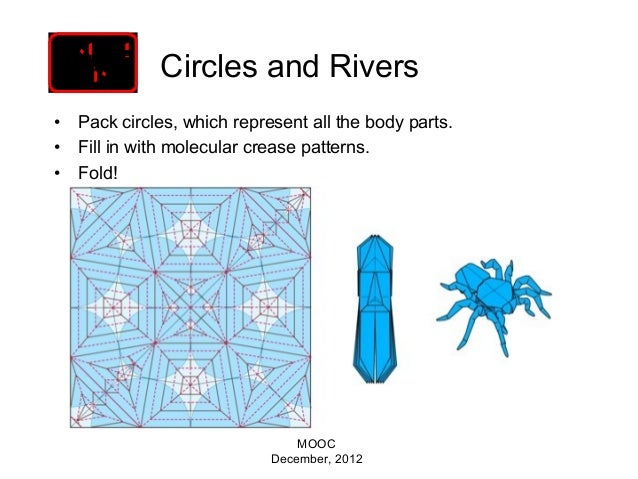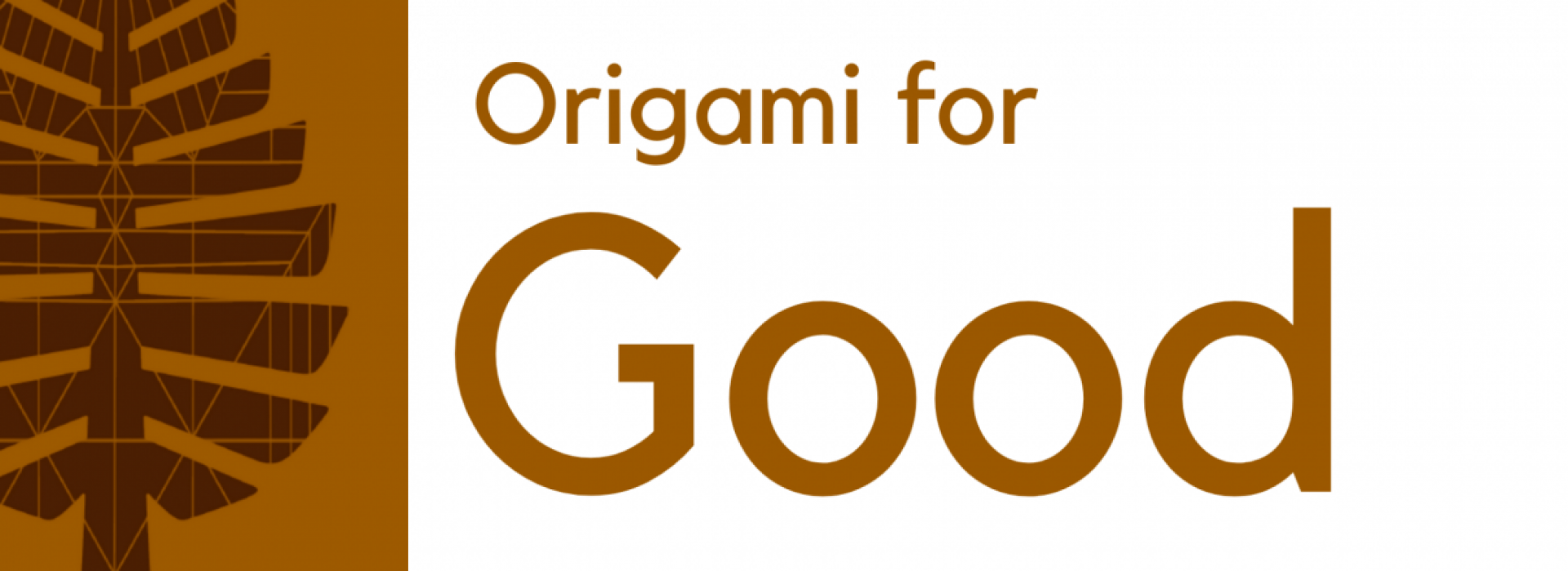Mission and the four corners
Welcome to Origami for Good, Dartmouth’s origami club! We welcome folders of all levels and would love to have you fold with us during weekly meetings. During the pandemic, our club provides a safe and positive environment for members to practice origami, a centuries-old Japanese art form that has been proven to improve mindfulness, mood, and productivity. In future terms, we plan to donate our origami to hospitals, schools, youth mentoring programs, and community centers so that children may play with them. Our mission can be condensed into four core values: the Four Corners of our organization. They are:
- To provide a welcoming, inclusive community to members at Dartmouth
- To improve well-being, productivity, and positivity using the power of origami
- To promote the arts at Dartmouth and encourage collaborative exploration towards the art and science that underlies origami
- To share the art, donate what we fold, and volunteer to inspire a younger generation of origamists
Board
TBD
the History of origami
Origami comes from the Japanese words oru, which means “to fold,” and kami, which means “paper.” After paper was invented in China at around 105 AD, it was brought over to Japan by monks. At around the 6th century, origami had taken form and paper folding was a rare occasion often reserved for ceremonies. Further, paper was considered a luxurious commodity and had not found its way into recreation until the Edo period of Japan, beginning around the 17th century. Source: PBS.
Modern origami can be attributed to Akira Yoshizawa (1911-2005). The diagrams and instructions we use to fold today were pioneered by Yoshizawa, along with most of the folds in the origami world today. Because of his work, origami today is becoming increasingly mathematical; artists from all over are incorporating mathematical theory, geometry, and material science to create an increasingly wider array of origami figures. Robert J. Lang, a former NASA astrophysicist, pioneered computational origami and algorithmic folding programs in 1993 and is famous in the origami world for his “circle-packing” theory, in which circles are placed onto a square sheet of paper and denote the space in the physical paper a vertex would take up. Below is a demonstration for Lang’s tarantula, which has a total of 10 appendages and would thus need 10 vertices from the paper (taken from the 2012 MOOC lecture).


